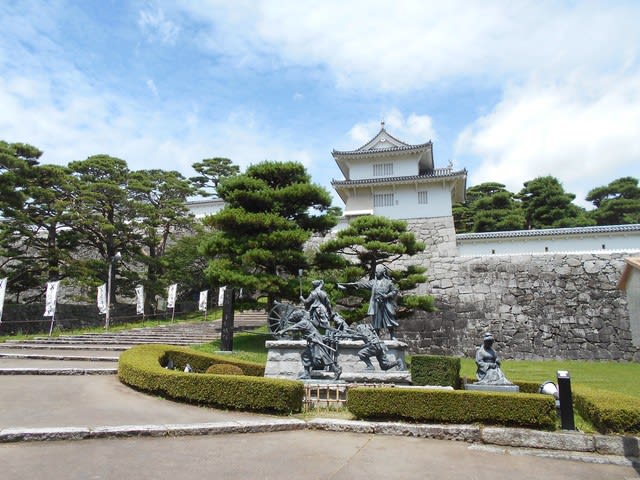Regarding values, I have been thinking about how they are formed, and I have been thinking about values that are formed by external forces and values that are formed by internal forces. And I decided to limit my consideration to Japan. The image obtained from this is that new social forces are trying to overcome old social forces in Japanese society. There is also the impression that the very nature of social science is about to change. In other words, the situation is a combination of Japan's unique circumstances and general trends in the world as a whole.
Five items were listed as circumstances unique to Japan. These include 1. aging and declining birthrate, 2. fiscal deficit, 3. new industrial revolution, 4. natural disasters (earthquakes, weather changes), and 5. diplomacy (USA, China), but it is new industries that are starting to take center stage and have an influence. It seems like a revolution . The essence of the new industrial revolution is that it is deeply related to the mechanization of intelligence. America is at the forefront in fields such as ITC, big data, and AI. Cars are also moving toward self-driving, but what will happen when this trend reaches its ultimate stage? Isn't that the automation of politics and government? However, in order to reach that point, it seems that the evolution of social science is a prerequisite. I believe that the evolution of social science can only be achieved by dynamically grasping the concepts established in social science . The new industrial revolution is deeply related to the other four items. Picking up related data groups and how the power of those numbers is related will provide answers to each of the four questions about what is needed to solve the problem.
The issue of automated driving in politics and government is actually a problem that is difficult for both the United States and China to address. America has the idea of democracy, and China has the idea of communism. Communism in China means that the Communist Party rules the country, and in that sense both the United States and China can be said to be countries with clear "values."
In contrast, it may be better for Japan to take advantage of its hollow structure and aim for autonomous politics and administration. Wouldn't it be better to have values change with the times, just like capitalism, where capital gradually moves to places where it can be profitable, without having hard values like in the United States and China?
In my research on civilization, I have mentioned the ``Five Forces.'' These were 1. Value, 2. Technical efficiency force, 3. Social structural force, 4. Reaction force, and 5. External force. However, each of them had different values, and each had its own expansion and space.I believe that the 30 years since 1991 were a time when Japan had no value on its own. It must have been a time when there was no "value" in the middle of the hollow structure, and the world was drifting without being steered. From a Japanese perspective, this may not have felt strange. Originally, the Japanese people were said to be a hybrid race.
However, even without this sense of discomfort, the four issues mentioned above - the aging population, declining birthrate, budget deficits, disasters (earthquakes, climate change), and foreign policy - have become increasingly serious. The question is what values should we approach these real-world issues with and how should we utilize the five strengths? Rather than having rigid values, we should have the prototype of Japan's quasi-civilization as a concise model. I think it's important. In that sense, I think it will be necessary for future Japanese people to reconsider the Edo period, which is now a different world. This is because our undeniable value lies there.
All rights reserved to M Ariake






























